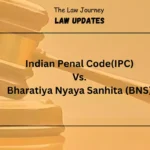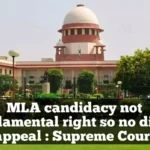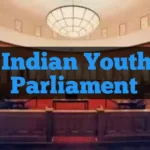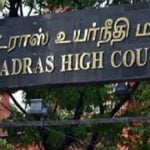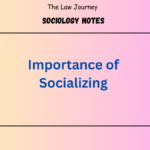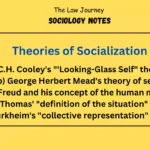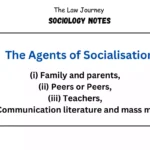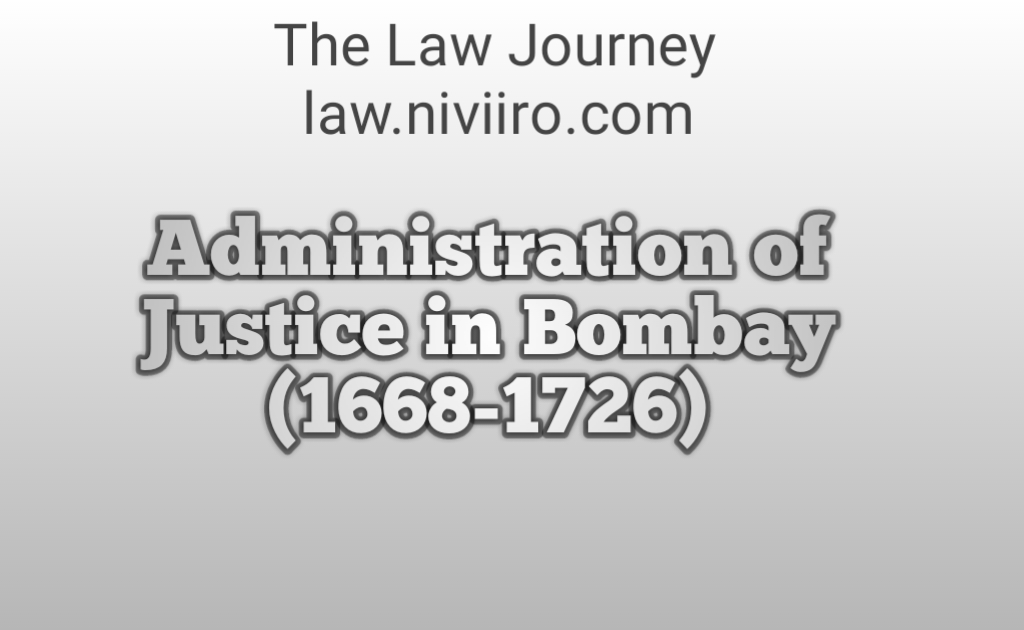Island of Bombay
Administration of Justice in Bombay (1668-1726),The Portuguese were the first Europeans to acquire Bombay Island in 1661 from King Sultan Bahadur of Gujarat. The island was transferred as a dowry gift to Charles II by the Portuguese king Alfnous VI. Charles II transferred it to the East India Company in 1668 for an annual rent of £10.
Island of Bombay was developed in three phases
1.The First Phase (1668-1683)
2.The Second Phase (1684-1690)
3.The Third Phase (1718-1726)
1.The First Phase (1668-1683)
Charter of 1668
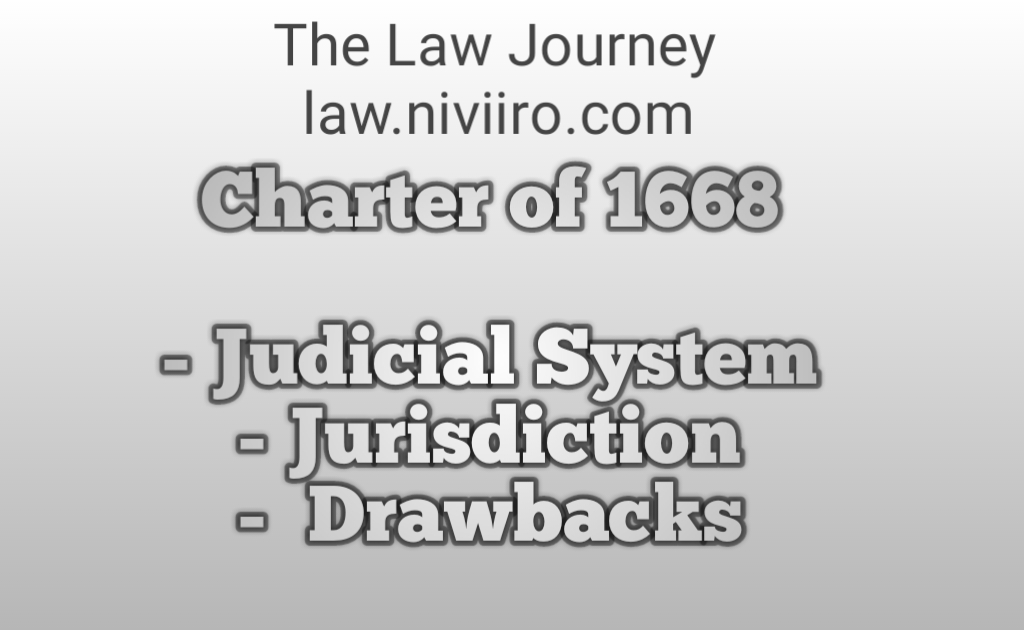
The charter granted to the Company at the time of Charles II also authorized all powers with privileges and jurisdiction for administration, law and delivery of justice in Bombay.
The company was authorized to make laws in accordance with English law. The company was authorized to create courts to judge all persons.
Thus the company’s intention changed, now the company began its journey towards becoming a territorial sovereign.
Judicial system
Now Bombay came under Surat Presidency. Deputy Governor and Council were appointed to administer Bombay.The Governor of Surat factory named Gerald Aungier became the ex-officio Governor of Bombay.
Gerald Aungier has been described as the true founder of Bombay as he was the chief architect of the first judicial system in Bombay.His efforts led to the establishment of the first judicial system in Bombay in 1670.
Bombay was divided into two parts.
1. First Division:- Bombay, Mazgaon and Girgaum
2.Second Division :- Mahim, Parel, Worli and Sion.
Each division had within its jurisdiction five judges and a customs officer who was an Englishman and head the respective court. Three judges were to form a Quorum and some Indians were appointed as judges for the melodious Governance.
Jurisdiction (Administration of Justice in Bombay)
This court was to decide cases of theft and all civil cases up to 200 Xeraphins.
Each division of the court was to keep records and copies of all cases and these copies were to be submitted to the deputy governor’s office.The court constitutes a High Court which decides the case with the help of jury.The High Court enjoyed both original as well as appellate jurisdiction.
Drawbacks of the Act Civil Affairs Reform
1. The administration of justice had no knowledge of law
2. They did not get paid for judicial work
3. The identity of the judicial system was very much with the executive government.
Judicial System of 1672 | Administration of Justice in Bombay (1668-1726)
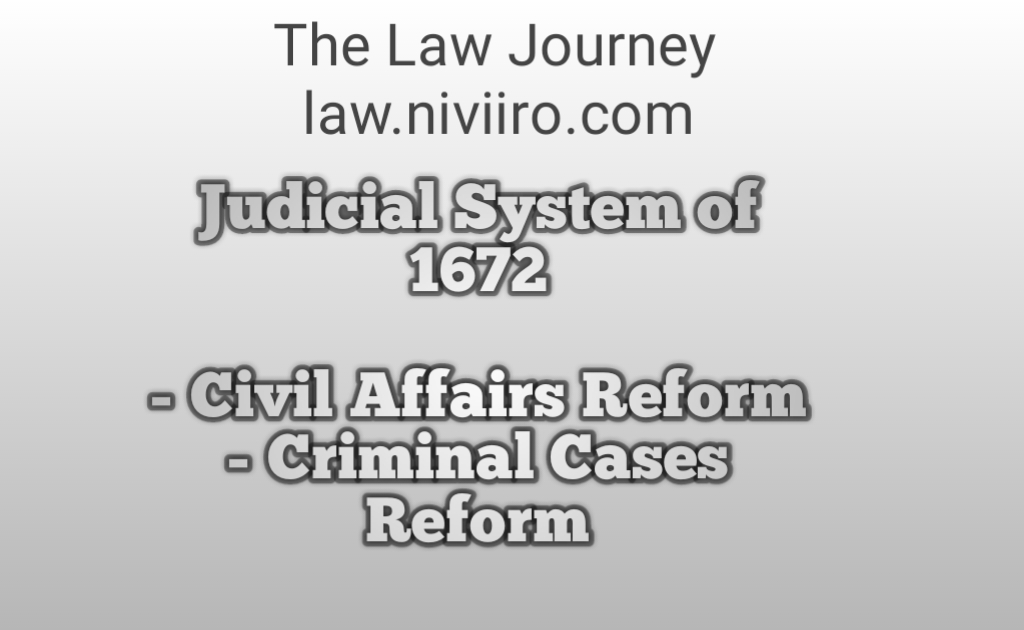
In the year of 1672 the legal system was reformed and George Wilcox would become the judge.George Wilcox reformed both civil and criminal Jurisdiction.
Civil Affairs Reform
Portuguese law and customs were abolished and English law was introduced by the government. The government announced on 1 August 1672 that the court should now have jurisdiction in all matters of civil, criminal, probate and testamentary. Civil Affairs Reform (Administration of Justice)
The court used to sit once a week and hear all civil cases with the help of jury. Originally provisions were made for speedy trial and adjudication. Court fee of 5% on each case which was considered by the Court.
The 1672 plan also created a Court of Consciousness to decide petty civil cases with George Wilcox as a judge. Once a week the court briefly dealt with civil cases under twenty zeraphins.
The decision of the Court was final and no further appeal was allowed. No court fee was charged from poor persons and thus this court became famous as “Poor’s Court”. Judge George Wilcox of the Court of Judicature also presides over the Court of Consciousness, which meets only once a week to deal with petty civil matters. Civil Affairs Reform (Administration of Justice)
Criminal Cases Reform
Bombay was divided into four divisions:- Bombay, Mahim, Mazagon and Sion.An Englishman was appointed in each division known as the ‘Justice of the Peace’.The judge conducted a preliminary examination of a witness against an accused and made a record which he sent to the court.
The court was sit once a month to hear criminal cases with the help of jury.The judge was to be paid a salary of 2000 per year. Appeals from this court were sent to the Deputy Governor and the Council of Bombay.
George Wilcox, the first judge of the Court of Judicature, died in 1674.James Adams was chosen to replace Judge Wilcox but was not savvy in the law. A few months later in 1675, his assistant Niccolls was appointed judge in his place at a reduced salary of £120 a year.
During this term, the salary and rank of a judge were reduced and the council became superior in power and position. In 1677 Niccolls was suspended and later dismissed by the council on various charges.
Gary replaced Nichols as judge at a reduced salary of £90 a year and remained in office until 1683. One reason for the reduction in pay was to reduce the judge’s position so that there would be no disobedience to the company.
In 1683 the Keigwin’s rebellion on the island ended the judicial system but in 1684 the rebels ceded the island to the Company. This was the end of the first phase of the development of the judiciary in Bombay.
2.The Second Phase (1684-1690) Civil Affairs Reform (Administration of Justice)
Admiralty Court
The second phase begins with the establishment of an Admiralty Court under the Charter of 1683.
After Kegwin’s rebellion was suppressed, efforts were made to establish a regular judicial system in Bombay. Under the Charter of 1683 granted by Charles II, the Company received the right to establish Admiralty Courts.
Charter provided for establishment of courts at such places as the company may direct for all kinds of maritime causes, including trespass, injuries and wrongs committed or committed in the high seas or in Bombay or the vicinity thereof and each court was to be held by a learned judge in civil law assisted by two persons chosen by the company.
Such courts were expected to adjudicate cases in accordance with the rules of equality and good conscience and the laws and customs of merchants.
Accordingly, an Admiralty Court was established at Bombay in 1684. Dr. St. John, ‘a learned man in civil law’ was authorized to act as a Judge Advocate of the Court of admiralty.
John Child, the Governor of Bombay at Surat, was not in favor of accepting the principle of judicial independence, which was adopted by Dr. St. John in his judicial decisions.
This led to a conflict between the judicial independence of the Governor and Judge Advocate Dr.St.John.In 1685, Governor Child deprived the Admiralty Court of the task of deciding civil and criminal cases and limited the court to maritime and commercial matters only.(Administration of Justice)
A new court called the ‘King’s Bench of Common Pleasure’, where Vaux, a member of the Bombay Council, was appointed as a judge to hear civil and criminal cases. These moves further developed the current conflict between the Governor and the Judge Advocate. (Administration of Justice)
Dr St. John’s strongly criticized the transfer of his power to a new judge, Vaux, who according to him was ignorant of civil laws, and after some time the relationship between Judge Vaux St. John was not smooth for a long time. The two courts began to fight over for power over territory.
The executive tried to establish superiority over the judiciary. Relations between St. John and the governor became very tense. All the disputes made St. John very unpleasant to the authority. As a result St John was dismissed from his office in 1687. The Deputy Governor of Bombay Sir J. Wyborne was appointed a judge of the Admiralty Court. In 1688 Vaux Sir J. Wyborn succeeded and remained in office until 1690.
In 1690, Admiral Siddi Yakub of the Mughal Emperor invaded the islands of Bombay and the judicial system of Bombay came to an end.
From 1690 to 1718, in fact, the machinery of administration of justice in Bombay was almost paralyzed. Thus the period from 1690 to 1718 is a dark period in the legal history of Bombay.
3.The Third Phase (1718-1726) | Administration of Justice in Bombay (1668-1726)
Court of judicature
After 30 years, a court again appeared in Bombay on March 25,1718.It consisted of a Chief Justice and 9 other judges, of whom 5 were British and the rest were Indian judges, representing the four principle communities on the island, namely Hindus, Muslims, Portuguese, Christians and Parsis.(Administration of Justice)
Three English judges constituted the quorum and no Indian judge was included in the quorum. Indian judges were called ‘black judges’.They did not have the same status as English judges.Indian judges were appointed only for good governance.
Jurisdiction Civil Affairs Reform (Administration of Justice)
The court was empowered to decide all matters civil, criminal and testamentary.The Chief Justice and some other judges were the members of the Governor and Council.This administration was to be in accordance with the law of justice, equality and good conscience.
The court used to sit once a week and a nominal fee of Rs 5 was charged.Appeals from the court lay with the Governor and the Council.Its action was quick and cheap But there was no lawyer to argue with in court, no code, no report and no book of law.
The major part of the court was in the area of criminal justice.The most common punishment was 39 whips, repeated two or three times in serious offences.There were cases on record where 100 laces were awarded.
Rama Kamati’s case Civil Affairs Reform (Administration of Justice)
Rama Kamati was a wealthy and influential Hindu from Bombay, who was a supporter of the Company.He was arrested for having corresponded with a pirate chief, Angriya, who was harassing the British.The trail was held before Governor Boone and his council.
There was no conclusive evidence against Kamati, but there was a roundabout story by a witness.Kamati’s servant is tortured to extract evidence and a statement implicating Kamati.
Rama was convicted and sentenced to life imprisonment and his entire property was confiscated.
After Rama’s death, it was definitively established that he was innocent and the entire trial was based on lies.Thus, gross injustice was done in the matter.This case trail proves how there was a massive miscarriage of justice as there were no codes to be followed by the court.
This judicial system continued to function until the Charter of 1726.
Related Post
Important Questions
who has been described as the true founder of Bombay ?
Gerald Aungier has been described as the true founder of Bombay.
Explain the judicial system of 1672 ?
In the year of 1672 the legal system was reformed and George Wilcox would become the judge.George Wilcox reformed both civil and criminal Jurisdiction.
[1]Civil Affairs Reform……
[2] criminal cases Reform……
When Kegwin’s rebellion took place on the island ?
In 1683 the Keigwin’s rebellion took place on the island.
When was the Admiralty Court in Bombay established and the first Judge Advocate named ?
Admiralty Court was established at Bombay in 1684. Dr. St. John, ‘a learned man in civil law’ was authorized to act as a Judge Advocate of the Court of admiralty.
When Bombay became Presidency?
bombay became presidency in 1665.
Explain the case of Rama kamati ?
Rama Kamati was a wealthy and influential Hindu from Bombay, who was a supporter of the Company.He was arrested for having corresponded with a pirate chief, Angriya, who was harassing the British………..
Describe in detail all the stages of development of Bombay ?
The Portuguese were the first Europeans to acquire Bombay Island in 1661 from King Sultan Bahadur of Gujarat. The island was transferred as a dowry gift to Charles II by the Portuguese king Alfnous VI. Charles II transferred it to the East India Company in 1668 for an annual rent of £10………………..
Refrences Book
- Rankin G.C. Background to Indian Law
- M.P. Jain, Outlines of India Legal History
- A.B. Keith, Constitutional History of India
- V.D. Kulshrestha, Landmarks in Indian Legal History
- M. Rama Jois, Legal and Constitutional History of India
- Indian legal and constitutional history by Dr. N. V. Paranjape

